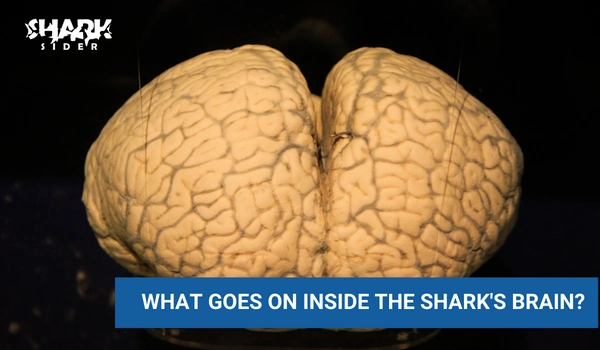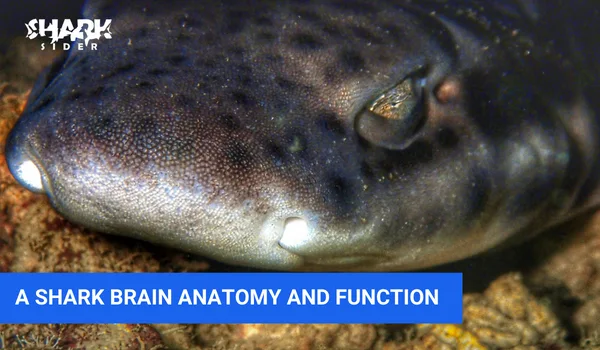As an apex predator, the humble shark is not only a fascinating creature but also holds secrets about how the brain functions. Sharks represent an important part of marine biology and ocean conservation due to their role at the top of many food webs. By understanding more about how shark brain works, scientists are hoping to gain valuable knowledge into what makes them unique amongst different species – both in terms of function and anatomy. This post is here to dive deeper into this topic by detailing precisely what goes on inside a shark’s brain: its anatomic structure and functionality explained.
What are the major parts of the shark’s brain?
A shark brain is composed of several distinct parts, each with its own specific function. The major components include the telencephalon (forebrain), diencephalon (midbrain), and mesencephalon (hindbrain), along with peripheral nervous system structures such as the olfactory bulb, optic tectum, and cerebellum. Together these areas play an important role in controlling vision, smell, and movement.
What goes on inside the shark’s brain?

Sharks have some unique adaptations that are necessary for their survival as apex predators – one being a highly advanced sense of smell known as olfaction. This sense allows them to detect food sources like smaller fish or plankton from long distances, as well as potential threats such as other predators or humans. Their vision is also very good and highly specialized for underwater viewing; their eyes are adapted to work in both bright light and dim conditions so they can track prey from far away or detect movement in the dark.
Another remarkable feature of the shark brain is its ability to process information quickly. Its neural pathways are specialized for rapid processing which allows it to react swiftly to changing situations. This makes them exceptionally effective hunters, able to quickly move toward prey and evade dangers with lightning-fast reflexes.
Finally, sharks have a remarkably robust memory system that helps them remember where food sources are located and recall past interactions with predators or humans. Studies have shown that some species of shark can remember learned behaviors for up to five years or longer!
How big is a shark’s brain?
An adult shark’s brain is typically about 2-4% of its body weight or around 0.5-1.5 pounds for a large shark. This makes them surprisingly small compared to many other animals – even humans have larger brains in proportion to their bodies! However, this doesn’t mean that sharks are any less intelligent – they just have a highly efficient brain that makes use of every bit of space it has.
What is the function of the brain in a shark?
How does a shark brain work? The shark’s brain is responsible for all of its essential bodily functions including breathing, movement, and sensory perception. It controls the nervous system which allows it to process information from its environment and react accordingly.
The brain also plays a role in memory formation, allowing it to recall past experiences which can be useful for survival. Finally, the brain is also important for processing emotion and regulating the endocrine system.
How is a shark’s brain similar to humans’?
The brain of a shark is surprisingly similar to that of a human in many aspects. Both have three primary divisions which control different functions and a specialized neural network for processing information quickly.
They also possess olfactory bulbs, cerebellum, and optic tectum which are responsible for smell, motor coordination, and vision respectively.
Finally, both species have amygdala and hippocampus structures which control emotion and memory formation.
However, despite these similarities, the shark’s brain is adapted to its unique environment in ways that make it far more efficient than a human brain.
Conclusion
A shark brain is an amazing organ with many specialized features that allow them to effectively navigate their watery environment and deftly evade predators. Its sophisticated neural pathways are adept at processing information rapidly, while its robust memory system allows sharks to recall past experiences with surprising accuracy. All of these features combine to make the shark’s brain a remarkable tool for survival in their hostile world and one that deserves further study from scientists.

